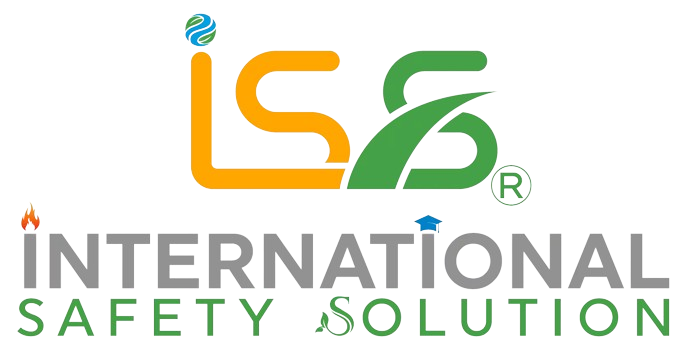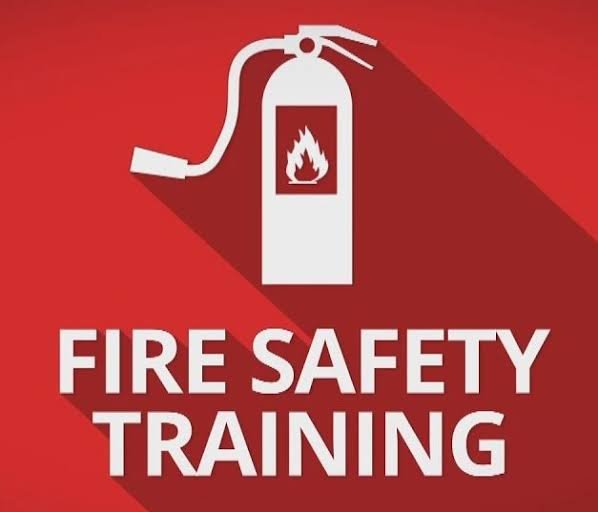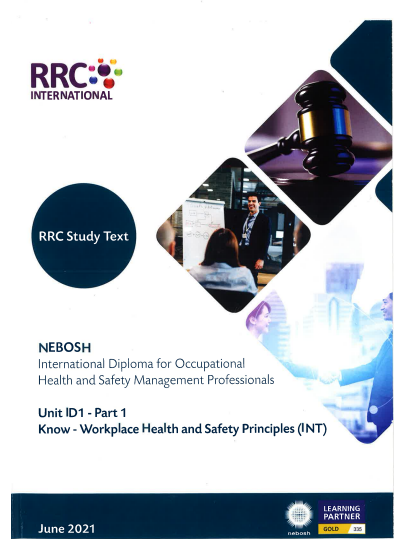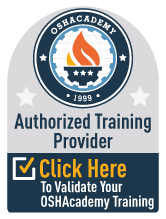Introduction
In any workplace where hazardous activities are conducted, ensuring the safety of employees and the surrounding environment is of paramount importance. To achieve this, organizations implement various safety protocols, and one crucial tool in their arsenal is the Permit to Work (PTW) system. PTW is a formal procedure designed to control high-risk activities and minimize potential hazards. In this blog, we will explore the concept of PTW and delve into its numerous benefits in enhancing workplace safety and efficiency.
What is Permit to Work (PTW)?
A Permit to Work is a documented system that authorizes personnel to perform specific tasks in a controlled and safe manner. The procedure typically involves a series of permits issued by authorized personnel that enable workers to carry out potentially hazardous activities, such as maintenance, repairs, construction, or other operations that could pose risks to employees, the environment, or critical equipment.
The PTW process usually comprises several steps:
- Hazard Identification: A comprehensive assessment of potential risks associated with the task to be performed is conducted.
- Risk Assessment: A thorough evaluation of the identified hazards is performed, and control measures are put in place to mitigate these risks.
- Authorization: Once the risks are mitigated and proper safety measures are established, the responsible authority grants a written permit to the individual or team responsible for executing the task.
- Communication: All relevant personnel in the workplace are informed about the task being carried out, the associated hazards, and any precautions they need to take.
- Task Execution: The authorized personnel can now proceed with the task as per the conditions stipulated in the permit.
Benefits of Permit to Work (PTW):
- Enhanced Workplace Safety:
The primary advantage of implementing a PTW system is the substantial improvement in workplace safety. By conducting thorough hazard assessments and risk evaluations, potential dangers are identified and controlled before work begins. This proactive approach reduces the likelihood of accidents, injuries, and environmental incidents, protecting both employees and the organization.
- Risk Management:
The PTW system emphasizes risk management through a structured process that requires careful planning and consideration of potential hazards. By implementing control measures and safety protocols, the organization can effectively minimize and manage risks, ensuring a safer work environment.
- Legal Compliance:
Many industries, such as oil and gas, construction, and manufacturing, are subject to stringent safety regulations and standards. The PTW system helps organizations meet legal requirements by demonstrating their commitment to safety and providing a clear record of safety procedures followed during high-risk activities.
- Improved Communication and Accountability:
PTW promotes effective communication among all stakeholders involved in a particular task. The responsible authorities issuing the permits, the workers performing the job, and other personnel impacted by the activity are informed about the risks and precautions. This clear communication enhances accountability and ensures that everyone is aware of their roles and responsibilities.
- Efficient Task Execution:
While the PTW system focuses on safety, it also improves overall task efficiency. By identifying potential obstacles and establishing clear procedures, the process becomes streamlined and organized, reducing delays and enhancing productivity.
- Emergency Preparedness:
In case of emergencies or unforeseen incidents, the PTW system allows for an immediate response. Since all personnel are informed about the ongoing activities, they can take appropriate actions to mitigate the consequences of an emergency effectively.

Conclusion
In conclusion, the Permit to Work (PTW) system is a crucial tool in promoting workplace safety and efficiency. By conducting thorough hazard assessments, managing risks, and ensuring clear communication, organizations can create a safer work environment while enhancing overall productivity. Implementing the PTW system demonstrates a commitment to the well-being of employees and the environment, leading to increased confidence among stakeholders and compliance with legal regulations. Embracing the PTW system is not only a matter of best practice; it is a demonstration of an organization’s dedication to safety and its employees’ welfare.




